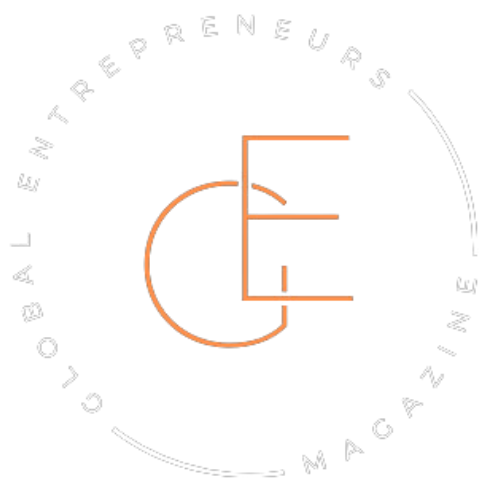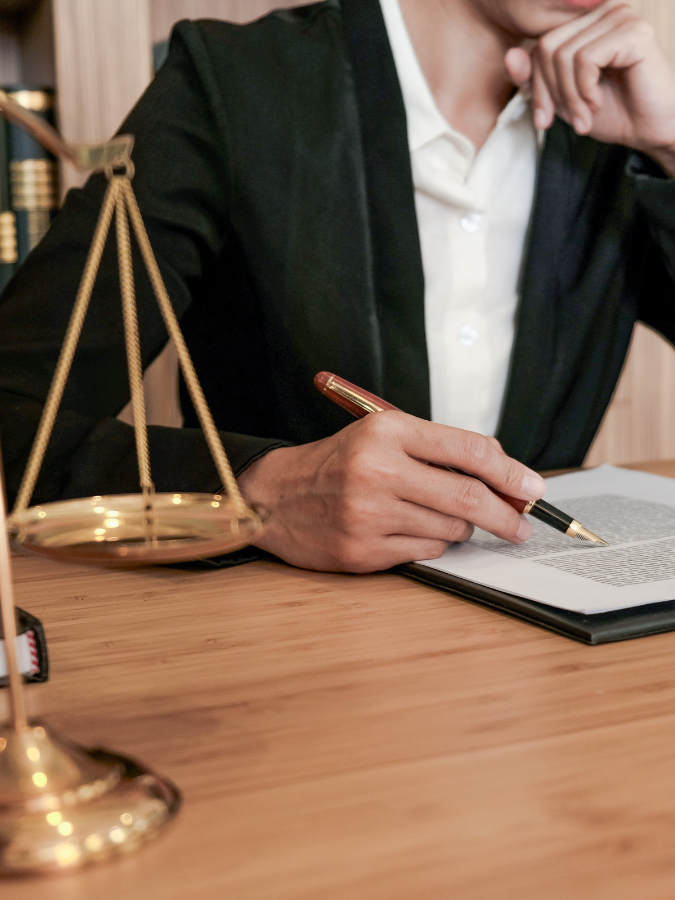Most people would have walked away. Imagine this: you build a company from the ground up, turn it into a global success, and then—just like that—you’re forced out. Fired from the very company you started.
That’s exactly what happened to Steve Jobs in 1985. Apple, the company he co-founded in his parents’ garage, decided he wasn’t the right fit to lead anymore. For most, that would have been the end of the story—a humiliating exit from a dream that seemed over. But Jobs didn’t let failure define him. He used that setback to fuel his next moves, launching NeXT and Pixar, two ventures that would later play a crucial role in his legendary return to Apple.
Jobs’ story isn’t unique. The best entrepreneurs don’t just survive failure—they transform it into a turning point. They take what looks like a dead end and carve out a new path. Some pivot to an entirely different business model. Others refine their approach, taking lessons from failure to build something even stronger.
The question is: how? How do some entrepreneurs turn massive setbacks into game-changing moves while others let failure stop them in their tracks?
The answer lies in mindset, strategy, and the ability to adapt when things fall apart. That’s what we’re diving into—real stories, real lessons, and the turning points that separate the best from the rest.
The Reflex Reaction: Why Most People Freeze When Faced With Setbacks
Failure has a way of making time slow down. One minute, everything’s moving forward, and the next, you’re staring at a massive roadblock, unsure whether to push through, turn back, or abandon the journey altogether.
Take Brian Chesky and Joe Gebbia, for example. When the Airbnb founders first launched their idea, it flopped. No investors believed in it. No one thought strangers would pay to sleep in another person’s home. They burned through their savings and had no clear path forward. For a brief moment, they faced the same reaction most people do when confronted with failure—paralysis.
It’s human nature. When things collapse, the initial response is to freeze. The brain treats uncertainty as a threat, triggering fight-or-flight mode. Some entrepreneurs panic and make desperate moves. Others retreat, convincing themselves it’s over. But those who go on to build something great? They do something different.
Instead of viewing failure as a full stop, they treat it as a comma—a pause, not the end. Chesky and Gebbia didn’t let early rejection define their company. They got creative, selling novelty cereal boxes to keep their business afloat and refining their idea until it finally gained traction.
Setbacks shake confidence, but what separates great entrepreneurs from the rest isn’t that they never feel the fear—it’s that they don’t let it make the decisions for them.
The Mental Reframe: Seeing Opportunity in the Mess
Most people see a failed plan as a dead end. Smart entrepreneurs see it as a redirection.
Take Sara Blakely, the founder of Spanx. Before she became the world’s youngest self-made female billionaire, she spent years trying to make it as a lawyer. That was the plan—until she bombed the LSAT. No backup strategy, no next step. She ended up selling fax machines door to door, getting rejected every single day.
Most people would’ve taken that as a sign to settle. But instead of letting rejection wear her down, she started paying attention. Those long hours pounding the pavement taught her how to sell, how to handle “no,” and how to pivot when something wasn’t working. That mindset shift—treating failure as fuel instead of a stop sign—became the foundation of her business success.
When she finally had the idea for Spanx, she was already trained for the battle. Every investor she pitched turned her down. Department stores weren’t interested. The difference? She didn’t see rejection as proof that her idea was bad. She saw it as part of the process.
Entrepreneurs who last in the game don’t avoid failure—they flip it. They train themselves to look at problems from a different angle until a new opportunity appears.
Taking Action: How Entrepreneurs Turn Setbacks Into Strategic Moves
Ideas don’t save businesses—actions do. When a major setback hits, the best entrepreneurs don’t just analyze the problem. They make bold moves.
Adapting the Product or Service
Netflix wasn’t always a streaming giant. In the late ’90s, it was a struggling DVD rental service, constantly overshadowed by Blockbuster. When they pitched a partnership to Blockbuster, they were laughed out of the room. That could have been the end of Netflix. Instead, they adapted. As technology shifted, they saw where the future was headed and pivoted to streaming. The rest is history.
Doubling Down on What Works
Sometimes, setbacks force a business to strip away the fluff and focus on its strongest asset. Take Instagram. It started as Burbn, an app overloaded with check-ins, gaming features, and photo-sharing. It flopped. But instead of scrapping everything, the founders zeroed in on what people actually liked—the photos. They stripped everything else away, rebranded as Instagram, and built one of the most influential platforms in the world.
Reinventing the Brand or Business Model
Some failures demand a complete reinvention. Slack, the go-to workplace communication tool, started as a gaming company. The game failed. No one wanted it. But the internal chat system they built to communicate with their team? That had potential. Instead of clinging to a sinking ship, they scrapped the game and turned their internal tool into a billion-dollar business.
Setbacks push entrepreneurs out of their comfort zones. Those who take action—whether by adapting, refining, or reinventing—are the ones who come out ahead.
The Power of Persistence: Why Success Comes After the Messy Middle

Setbacks aren’t the hardest part of the journey—it’s the uncertainty that follows. That long stretch where nothing is working, and the finish line feels impossibly far away.
Howard Schultz knows this feeling well. Before Starbucks became a global empire, it was just a small coffee shop in Seattle. Schultz had a vision to turn it into something bigger, but investors weren’t convinced. He was rejected 242 times before someone finally said yes. That kind of persistence isn’t glamorous. It’s exhausting. But it’s also what separates those who break through from those who quit too soon.
The messy middle is where most businesses die—not because they weren’t good ideas, but because people gave up before they gained traction. The trick isn’t blind perseverance; it’s knowing what to refine and what to discard. Entrepreneurs who survive this phase are the ones who:
- Listen to the right feedback – Not every criticism is useful, but smart founders know when to adapt and when to stay the course.
- Find alternative paths – If one approach isn’t working, they tweak, adjust, and test until they find what does.
- Keep going even when there’s no immediate reward – This is the toughest part. Most success stories sound inevitable in hindsight, but in the moment, they were a series of bets that almost didn’t pay off.
Setbacks end businesses only when founders let them. Those who push through the uncertainty often find their biggest breakthroughs on the other side.
Building a “Failure-Proof” Mindset for the Future
Setbacks never stop coming. The difference between entrepreneurs who thrive and those who burn out is how they prepare for them.
Elon Musk had every reason to walk away from Tesla and SpaceX. Both companies teetered on the edge of bankruptcy. Rockets were exploding. Tesla was bleeding money. Most people in his position would have cut their losses and moved on. Instead, Musk doubled down, funding both companies with his last remaining cash. It wasn’t blind optimism—it was conviction backed by preparation. He had already trained himself to expect failure and work through it.
That’s the mindset of entrepreneurs who play the long game. They don’t just react to setbacks; they build systems to withstand them. Here’s how they do it:
- Detach from ego – The best entrepreneurs don’t take failure personally. It’s data, not a judgment. When something doesn’t work, they adjust instead of letting it define them.
- Plan for failure before it happens – Amazon’s Jeff Bezos built his company expecting that most experiments would fail. He saw failure as a cost of innovation, not a reason to stop trying.
- Turn setbacks into playbooks – Every failure is a lesson. Smart entrepreneurs document what went wrong, refine their approach, and use those insights to make better decisions next time.
Entrepreneurship isn’t about avoiding failure—it’s about making failure work for you. Those who embrace it as part of the process don’t just survive setbacks; they turn them into stepping stones for their next big move.
The Choice That Separates the Best From the Rest
Setbacks don’t kill businesses. Inaction does.
Every entrepreneur faces moments when things fall apart—a deal collapses, a product flops, funding dries up. What happens next is the real test. Some let failure define them. The best ones? They use it as fuel.
Take Walt Disney. Before he built an empire, he was fired from a newspaper for “lacking creativity.” His first animation company went bankrupt. But instead of quitting, he treated every failure as a lesson. He refined his vision, kept experimenting, and turned Mickey Mouse into one of the most recognizable characters in history.
That’s the pattern: Setbacks aren’t endings. They’re pivots. The best entrepreneurs don’t dwell on what went wrong; they focus on what comes next.
So, the real question is—when failure comes knocking, what will you do?




